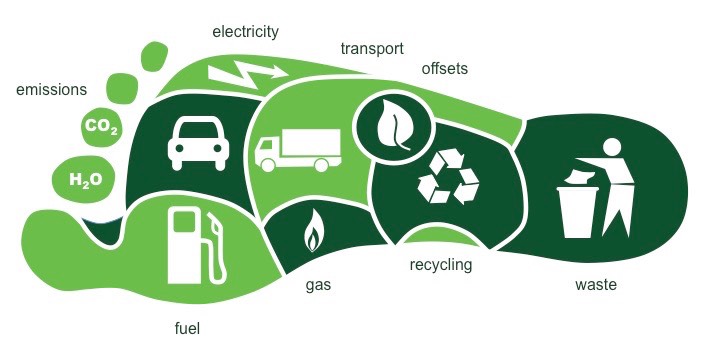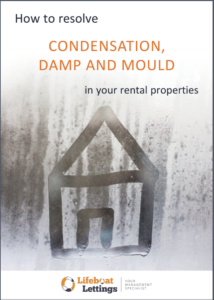
To reduce the carbon footprint of the UK, the Climate Change Act 2008 sets out legally binding carbon emission reduction targets that the UK must meet. The target is to ensure carbon dioxide emissions are at least 80% lower by 2050 than they were in 1990.
However, in June 2019, we committed to an even more ambitious target: “net zero” greenhouse gas emissions by 2050.
That means that all emissions will have to be eliminated completely by this date, or offset by planting trees or using artificial systems to remove CO2 from the atmosphere.
In our October newsletter, we wrote about specific legislation that is slated to come in in 2025 regarding reducing carbon emissions from rental properties – Read article here.
So how can homeowners, landlords and tenants help the UK meet its carbon emissions target? Some of these actions are related to the property itself, but there are many more steps we can take as individuals in the way we use our properties and go about our day-to-day lines. These are some of the easy steps you can take to contribute to the effort:
How can you change your daily routine and how you use your home?
Unplug electronics when they are not being used
When electronic devices are set to standby, they still consume some power. It’s nowhere near as much as they draw when they’re switched on and in use, but it all adds up. So, make sure you fully turn off your electronic devices at the wall.
Dry your clothes outdoors
Try to avoid the use of tumble driers – which use a lot of power – and dry your clothes outside if at all possible.
Grow your own vegetables
By growing your own vegetables at home – even on a small scale – you can make a small, yet positive difference to the environment by avoiding large numbers of small trips to the supermarket or local shop.
Purchase energy-efficient appliances
Some appliances – particularly older ones – use a lot more power than others. So, make a conscious effort next time you have to replace an appliance, to switch to a more energy efficient model. There are also schemes which will reward you financially if you proactively replace an old appliance with a more energy-efficient new one.
Conserve water
It is easy to overlook water because it’s so readily available. Simply turn a tap on and out it comes. But consider how much energy and effort is consumed to get that water in a drinkable state to your home. It has to be processed and pumped, which adds to our country’s carbon footprint.
By reducing the amount of water you use – whether that’s taking a shower rather than a bath, or getting rid of leaks that make your toilet constantly run – you can make a positive difference.
Reduce, recycle or repurpose
Rather than quickly throwing items away that are ‘worn out’ (or you have just got bored with), look to reduce waste by not just throwing away. If you have to get rid of an item or waste packaging etc., make sure it is properly recycled. An even better idea is to completely repurpose an item for a new lease of life.
Drive less. Drive smart
Rather than getting into your car automatically for even the shortest of journeys, consider whether it would be possible to walk or cycle instead.
Using an Electric Vehicle
Second best position to eliminating excess journeys is to use an energy efficient vehicle – such as an electric car – for your journeys. Charging points can be easily installed in most properties with off road parking.

How can you modify your property?
Seal and insulate your home
Drafty and uninsulated houses can really add to your carbon footprint. While fixing an issue can sometimes be as simple as adding some more insulation in the loft, a much more effective course of action might be to replace outdated windows with more energy-efficient versions.
Curtains, shutters and blinds
Consider installing curtains with thermal linings, internal or external shutters or blinds to further reduce the heat loss from your home.
Switch to LED lightbulbs
Replace your old lightbulbs for more energy efficient LED ones. The initial purchase price may well be higher, but LED lightbulbs quickly pay for themselves.
Green Energy Solutions
After insulating your home, the next best course of action is to install a more efficient heating system, and/or moving to green energy generation. The commonest and most easily applied solution is solar panels or a solar water heating system. If you are able to generate excess electricity, consider also installing a battery system so the electricity you generate can be used throughout the day, rather than just during daylight hours.





